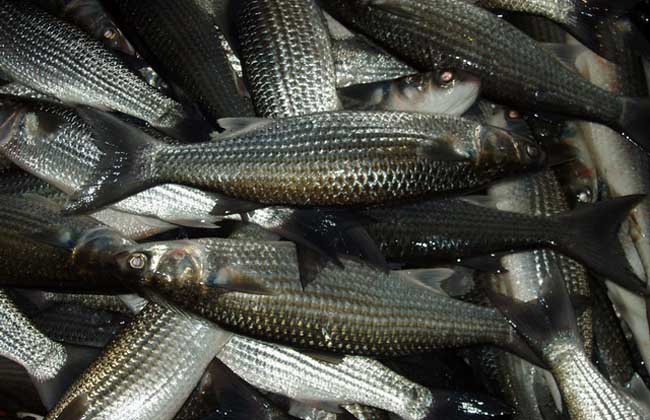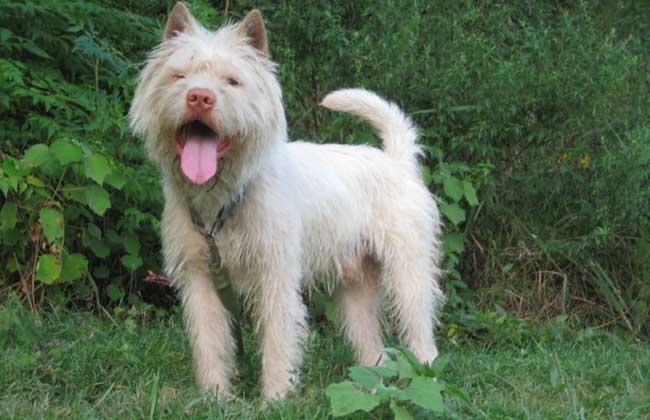How much is the aconite per jin?

Aconitum is a herbivorous fish, often living in crab holes, hailangtou and oyster ponds, most suitable for mixed culture with other aquatic products, small and round, with only one spine, less meat and bones, easy to eat, and delicious meat. At present, it has been cultivated in a large area on the beach reclaimed by Fuyong and has become the main aquatic product for earning foreign exchange. Let's take a look at how much aconite fish cost per jin.
How much is the aconite per jin?
Stabs td {text-align:left;text-indent:0.5em} sales company reference quotation (yuan / kg) Jinnuosheng Technology Co., Ltd., Hengqin New area, Zhuhai 13.00 yuan Dongshan Shangxian Aquatic products Co., Ltd. 18.00 yuan Huizhou Daya Bay Zhiyu Technology Co., Ltd. 27.00 yuan Shenzhen Mingji Fa Trading Co., Ltd.
Note: aconite can usually grow to 500 kilograms 750 grams a year, the yield is more than 150 kilograms per mu, the market price is 1620 yuan per kilogram, and the output value per mu can reach 2500 million 4000 yuan. The economic benefit is very considerable, and it has gradually become an indispensable high quality species in aquaculture.
Selection and purchase skills of aconite fish
1. Fish gills: fresh fish Gill lid closed, fish Gill color bright red, some with blood, no mucus and dirt, no peculiar smell. The fish gills are reddish or grayish red, and the fish are no longer fresh. Such as fish gills gray or black, with thick mucus and dirt, and a bad smell, indicating that the fish has rotted and deteriorated.
2. Fisheye: fresh fisheye is bright and bright, slightly convex, perfect and uncovered. The stale fish eyes are gray and dull, and even covered with a thick paste film or dirt, making the eyeballs blurred and concave. The rotten eyeball ruptured and shifted.
3. Fins: the skin of fresh fins is close to the fins, intact and bright in color. The color of the skin of the stale fin decreased and ruptured. The spoiled epidermis is peeled off and the fins are scattered.
4. Epidermis: fresh fish have shiny epidermis, complete scales, close to the fish body, distinct scales, and the thin mucus attached to the fish body is the inherent physiological phenomenon of the fish body. The skin of stale fish is gray and dull, the scales are loose, the layers are blurred, some fish scales change color, and the epidermis has thick mucus. The rotten fish are all different in color, with thick mucus and a bad smell on the skin.
5, meat quality: fresh fish tissue is tight, meat quality is solid, the elasticity of pressing with the hand is obvious, the depression where the hand is released is difficult to recover for a long time, and the hand can separate the meat from the bone.
6, posture: fresh fish picked up hard and straight, some fish such as yellow wall or sea bass, mullet, etc., put on the market in order to keep fresh and put in ice, head and tail up and is still fresh. If the meat in the hand is inelastic and the head and tail are loose and sagging, it is not fresh enough. Fresh fish lips are solid, do not change color, tight abdomen, a round pit around the anus. The stale lip flesh is pale and even the bones are separated and cracked, the abdomen is swollen and soft, and the anus is protruding.
The usual family practice of aconite fish
1. Soak aconite in white water
[material] one aconite, ginger, spring onion, light soy sauce and oil.
[practice] ① will descale and wash the fish. ② boil water, put the fish into the pot, immediately turn off the heat to a minimum, soak for 10 minutes, then pick up the fish and sprinkle with light soy sauce. ③ frying pan, use shredded ginger and chopped onions to make a sesame oil, pour over the fish.
2. Steamed aconite with black bean sauce
[materials] 1 aconite fish, Douchi, light soy sauce, ginger and spring onions.
[practice] ① washed and chopped the fish, chopped Douchi on the fish, sprinkled with light soy sauce, oil, and add ginger and spring onions. Steam the ② water over high heat for 6 minutes after boiling.
3. Braised aconite in brown sauce
[materials] aconite, shredded ginger, soy sauce, salt, chopped onions.
[practice] ① will descale and wash the fish. The ② is fried until golden on both sides. ③ sprinkle with shredded ginger, sprinkle with soy sauce, simmer with salt and water for 5 minutes, sprinkle with chopped onions before serving.
4. Steamed aconite
[material] one aconite, 20 grams of sliced ham, the right amount of chopped onions.
[practice] ① first wash the aconite fish apart, cut the aconite fish with a flower knife, sprinkle with fine salt (about 3 grams) and rub well, then put the ham slices into the aconite body flower knife, sprinkle with appropriate amount of monosodium glutamate, put on the plate, put the right amount of sugar, pepper, ginger, soy sauce and rice wine and marinate for about 15 minutes. Put the right amount of water into the ② pot and bring to a boil. Boil ③ water and steam for 8 minutes. Sprinkle with chopped green onions. Then put about 25 grams of cooking oil in another pot and bring to the boil, pour the hot oil over the fish.
Steamed aconite with minced pepper
[material] one aconite is about 750g. Seasoning: 150 grams of Liuyang minced pepper sauce, 25 grams of salt, 5 grams of monosodium glutamate, 5 grams of chicken essence, 20 grams of cooking wine, 50 grams of salad oil, 50 grams of spring onions and ginger slices.
[practice] ① descaled the aconite fish, hit a word flower knife, gently rubbed it with salt, chicken essence and monosodium glutamate, put it on a plate, then steamed it over high heat for 10 minutes. Heat salad oil in ② pot until 50% hot. Stir-fry shallots, ginger, garlic and Liuyang minced peppers over high heat and pour over aconite.
Related
- A course of planting techniques and methods on how to grow carrots
- How to plant the latest tulips?
- Is it better to pick tea in the morning or in the afternoon? When is the best time for tea to be picked? what is the third or fifth tea?
- Launch Yuanxiao Happy combination Haocha + Tea Yuan healthy Taste
- Penghu Tourism "Fireworks 20 Parade with You"
- 2022 West Lake Happiness holds "Digital Revitalization Voucher" and draws iphone13 and laptop.
- Banqiao Fuzhou social houses are designed to change start-up combined with police elimination to create a safe and livable environment
- The convenient measure of "mechanical weeding" in Xinbei has been abused and the Agriculture Bureau has imposed heavy penalties on the illegal land consolidation.
- Changgeng University Joins Hands with Four Memory Factories to Rescue Memory Talent Shortage
- The list of Taiwan's top 100 MVP managers is listed by the Director-General of the Farmers' Association of Sanxia District.



